It is no secret that youth sport coaches fill a variety of roles for their athletes. Those roles can vary from day-to-day based on athlete needs. One important distinction at the youth (high school or club) level is that the sport coach must fill roles that would otherwise be occupied by allied professionals at higher competitive levels.
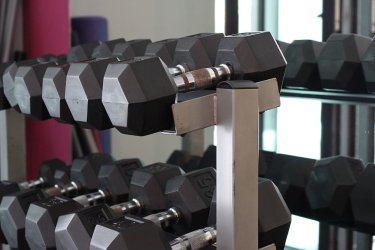
For example, a youth sport coach often tapes an ankle or may serve as the default sport psychology consultant. Additionally, many sport coaches are put in the position of having to design the strength and conditioning portion of athlete training. The remainder of this article will focus on how youth sport coaches at the high school and club level can serve as their own strength and conditioning (S&C) coach in addition to simply being the sport coach. In order to make the article more applicable, examples from a single sport, gymnastics, will be used as a point of reference.
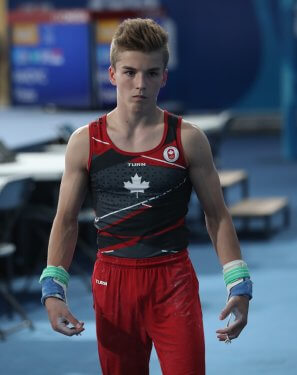
Strength and conditioning is a fundamental part of development for any athlete seeking to improve athletic performance. The traditional mantra of ‘bigger, faster, stronger’ has largely fallen off, but the premise behind the phrase is simple: The athlete that is better conditioned (i.e., faster, stronger) has a physical advantage over a slower and weaker opponent. Most sports have at least one critically important physical component. For gymnastics, particularly women’s gymnastics, it is power development and the translation of horizontal momentum into vertical thrust. This increased power translates to a greater elevation which allows the athlete more time in the air to execute complex movements and visually locate the landing spot. Despite this relatively obvious connection, it is uncommon for youth level gymnasts to physically train in a traditional weight room due to the extensive practice hours that are done fine-tuning routines. This does not mean gymnastic coaches do not value S&C, but unfortunately, they may not have any formal training to provide proper instruction.
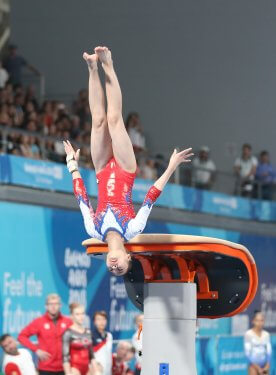
The most pressing concern for adults working with any youth athlete should be to keep the athletes safe. This is true both emotionally and physically. This safety concern is one of the most daunting aspects for sport coaches and even more for those filling the role of an S&C coach. Importantly, the National Strength and Conditioning Association (NSCA) has provided position statements on when it is safe for youth to begin to strength training, as well as additional safety information including specific movements and facility layout aspects.
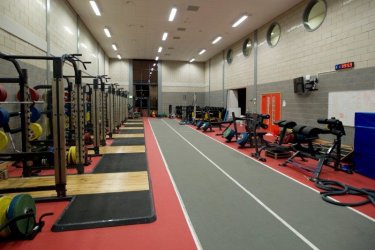
While the education and certification pathways to become an S&C coach may lack some of the fundamentals of pedagogy and teaching, those same pathways are adamant about how to train athletes safely. A strength training program should have the overall objective of improving athlete performance while simultaneously keeping the athlete safe by improving weaknesses to prevent injury. Many sport coaches, gymnastics included, implement some degree of strength or conditioning work into practices. However, there are a lot of exercises that coaches use that may not be the most beneficial or worse, may contribute to overuse injuries. The following section provides specific examples of how to develop a safe and successful S & C component to your current sport program.
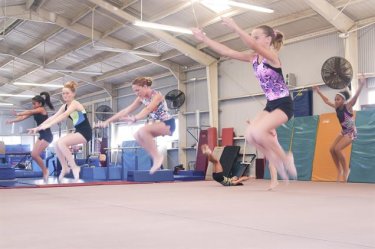
Identifying Areas to Target with S&C
When considering S&C with a primary purpose of injury reduction or prevention, two specific areas to consider are (1) weak muscles and/or muscle imbalances and (2) repetitive movements that may lead to overuse injuries.
Weak muscles: One of the easiest targets for sport coaches to consider when implementing an S&C program is to identify an area of the body that typically gets injured in their sport. In gymnastics, a target to consider is the lower back. Due to the demands of the sport, the lower back is placed under a large amount of stress on a daily basis. Unfortunately, even with the number of back injuries in gymnastics, few youth sport clubs or coaches implement an adequate back strengthening program.
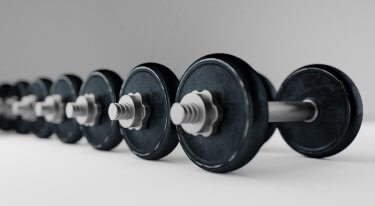
In terms of muscle physiology, it is important to note that muscles only pull one body part closer to another. For example, the bicep muscle pulls the hand closer to the shoulder via the hinge joint at the elbow. Once the hand is closer to the shoulder, the triceps muscle (posterior to the biceps) pulls the hand away from the shoulder in the opposite direction. The same principle applies in the torso during an abdominal muscle ‘crunch.’ During a ‘crunch’ the torso comes closer together which means the low back muscles must counteract that. In designing a new S&C program or evaluating a current program, for this example, a coach might want to consider the number of crunch-like movements and extension movements for the torso area.
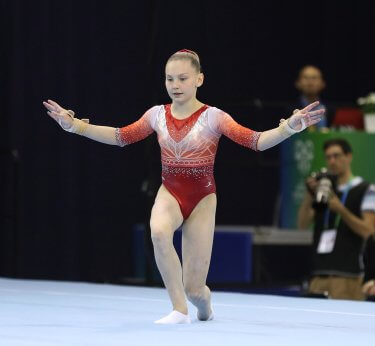
Leg lifts are one of the staple exercises in the world of gymnastics. While leg lifts are great for strengthening hip flexors, which is needed to help athletes pick up their feet on a glide, or to quickly execute a proper pike jump, an excessive amount of hip flexor work can cause a lot of stress to the lower back. This stress is significantly magnified if the leg lifts were performed incorrectly during training. The psoas major is one of the hip flexor muscles and because of the unique way that this muscle attaches to our bones, whenever the hip joint flexes the psoas major pulls the back into an arched position. This is why many gymnasts struggle to keep a flat back on the ground when doing a lying leg lift, indicating a muscle imbalance between the hip flexors and the back extender muscles. It is more important for athletes to learn how to press their back into the floor than it is for them to complete a full range of motion leg lifts. Without the proper training of primary and opposing muscle groups, the likelihood of injury will increase. When an athlete is too weak to complete any movement properly, an alternative movement should be selected. Having a bank of alternative movements is one of the benefits of a trained S&C professional and thus should be a point of caution for any sport coach serving as their own S&C coach.
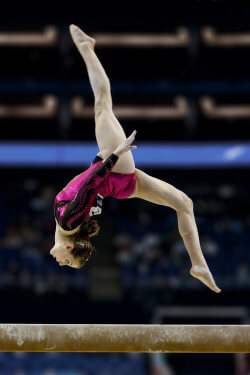
Repetitive movements: Jumping is one of the most repetitive movements in sport. Unfortunately, much of the jumping in sport is anterior dominant, which means more stress is placed on the knee. In gymnastics, like any other sport, there are some scenarios where anterior dominated jumping is necessary. Front tumbling on the floor exercise is one example of where athletes use anterior dominated jumping. In order to combat the likelihood of injury due to jumping it is important that the posterior chain (i.e. back of the leg and spine muscles) is properly trained. In other words, repeated frontward anterior jumping is finished by landing and those anterior muscles are going to absorb the landing forces from the athletes’ momentum. Properly developing the posterior chain of muscles should reduce injuries as well as allow the athlete a more stable landing position. Glute bridges (single leg, weighted), hamstring curls (single leg), Romanian deadlifts (or straight leg deadlifts; dual or single leg), and kettlebell swings are all relatively simple exercises that do not require substantial equipment or space investments that directly target the posterior chain of muscles, tendons, and ligaments.
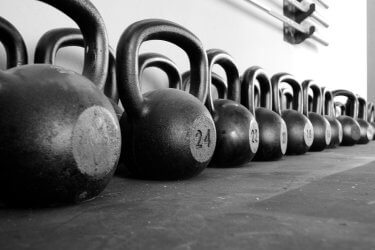
Conclusion
It is important that coaches are aware of common injuries within their sport and create a strength program that addresses those areas. Every movement and exercise should have a purpose, and every strength program should work to strengthen weaknesses. It is easy for coaches to become overwhelmed because of all the roles that they take on, however, a strength program should be taken just like every other aspect of the practice. There is no shortage of S&C information available on the Internet and most colleges and universities have trained professors, graduate students, and S&C coaches that can be of assistance.
